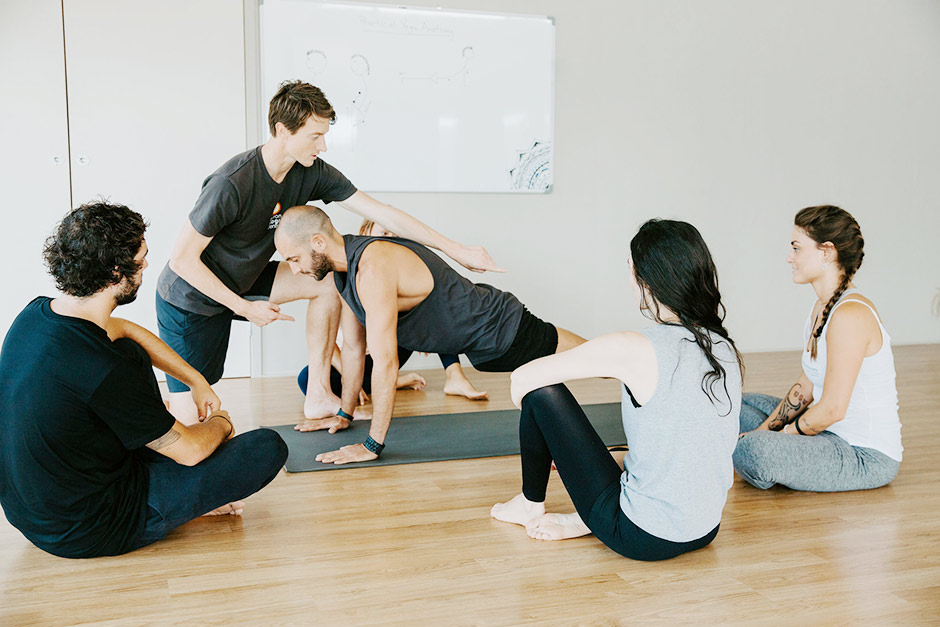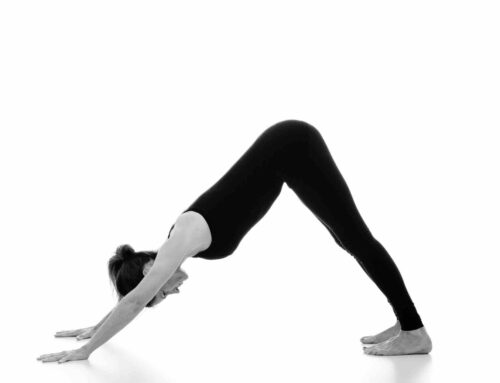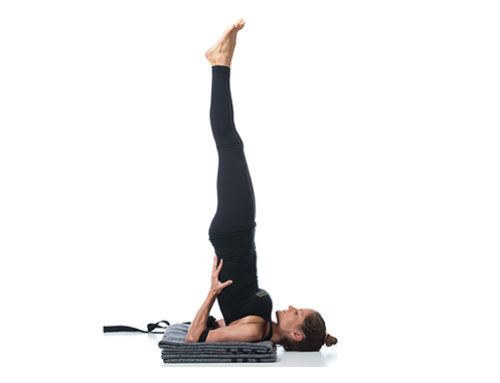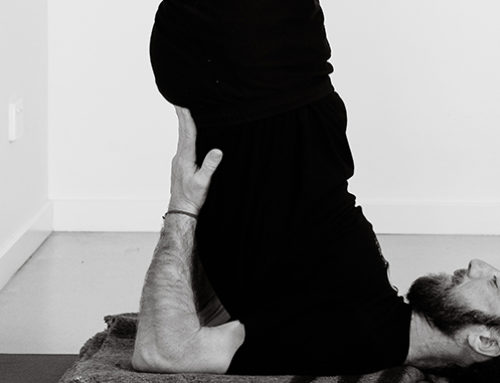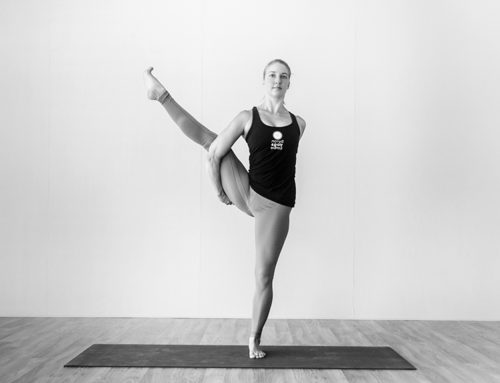by Andrew Olson
As a Physiotherapist one of the most common yoga injuries I see is anterior shoulder pain that has been caused by practicing Chaturanga Dandasana. People generally describe their pain as an ache that has been niggling for a while and just never seems to get better. They can still practice most postures, but the worst pain is when they are in Chaturanga and they often modify their practice to avoid this asana.
Once we start to really explore into their Chaturanga technique the reason for their pain generally becomes clear. The force this posture is putting their body through is not being matched by an equal activation of their muscles. This imbalance causes the load to be taken up by tendons and joints which have now become overloaded and painful.
So, I wanted to share some of my Chaturanga tips on how you can increase your strength, reduce the chance of injury and, if you are teaching, how you can help correct your students. The first thing is to get out your phone and take a video of your, or your student’s, Chaturanga from side on to see the alignment. This can be surprising or even confronting as often what we think we look like can be a little off the mark, but it gives a huge insight into what needs to be worked on. The next thing is start to move the posture closer to these four alignment goals:
Alignment Goals
- Shoulders not dipping lower than your elbows
(This will reduce the compressive load on the tendons at the front of your shoulder) - Elbows not bent more than 90 degrees
(This will reduce the load on the triceps tendons in your elbow) - Elbow slightly behind your wrist
(This will reduce compression of your wrist joints) - Hips not lower than your shoulders
(This will reduce the compression of the joints in your lower back)
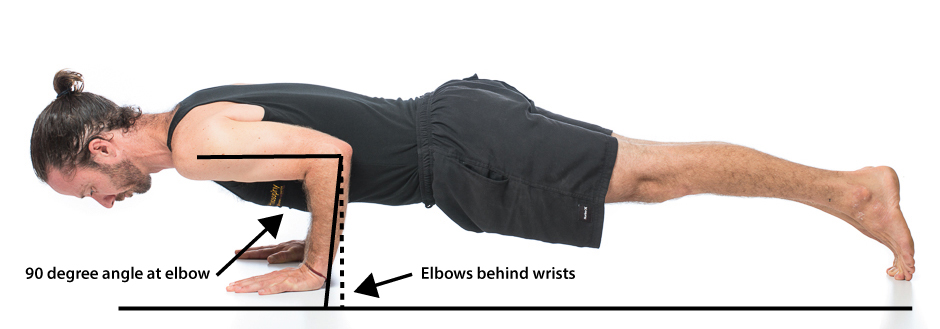
The next question is how to achieve this alignment? My mantra to help reduce shoulder pain in Chaturanga is to increase the activation of the surrounding shoulder muscles. So, here are four of my favourite muscle activation cues to help with each of the above alignment goals.
Muscle Activation Cues
- Activate your hands on the mat as if you are opening two jam jars
(This activates the external rotator muscles in your shoulders keeping your elbows by your side and broadening your chest) - Press the floor away, imagine you are doing a push up
(This activates your triceps muscles and stabilises your elbow) - Draw your hands back towards your toes as if you are squeezing the mat together
(This will activate your latissimus dorsi muscle to stabilise the front of your shoulder) - Lift your pubic bone closer to your sternum and feel your stomach muscles contract
(This activates your rectus abdominus muscle strengthening the front of your torso)
All of these cues increase muscular activation, which is great for reducing pain, but they will make the posture feel much more challenging. For this reason, I suggest teachers offer one cue each time students are in the pose. As the pose is usually repeated several times during a class, teachers should be able to cover all the cues in one session.
You can also consider going back to the video you took and seeing which area of alignment needs the most refinement and start there. Then slowly work your way through the others.
Another good tip is to try the muscle activation cue while in (high plank) before moving into Chaturanga. This is easier to hold and implement the cues so giving the muscles a heads up as to what you are about to ask them to do once you get into Chaturanga.
Just like all new things start slowly with these changes. If you’re teaching don’t expect your students to incorporate all the refinements in one go. Add in one new thing at a time and as the body gradually adapts then add in another. Fatigue is a sign that you are on the right track! Keep up the practice and you will see positive results.

